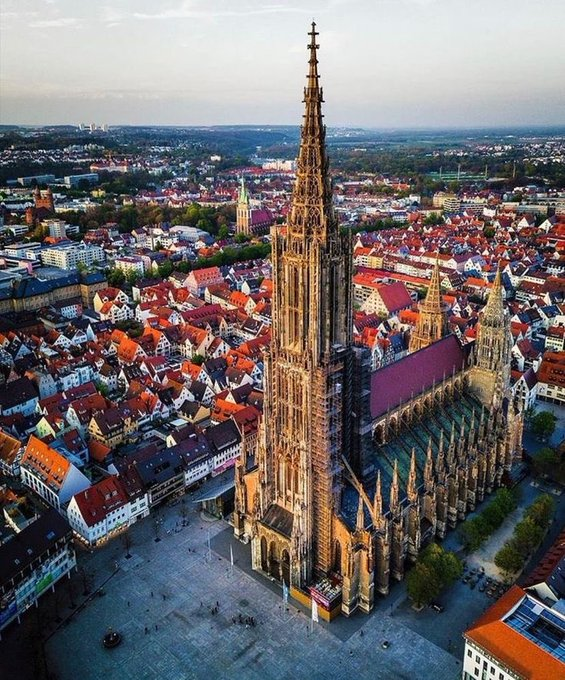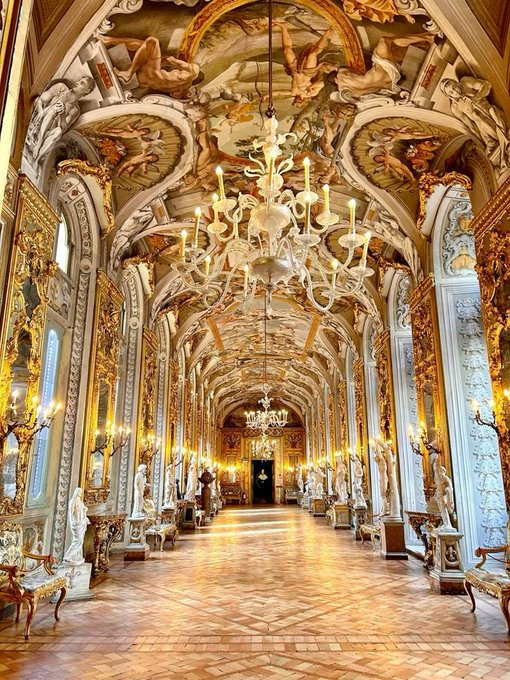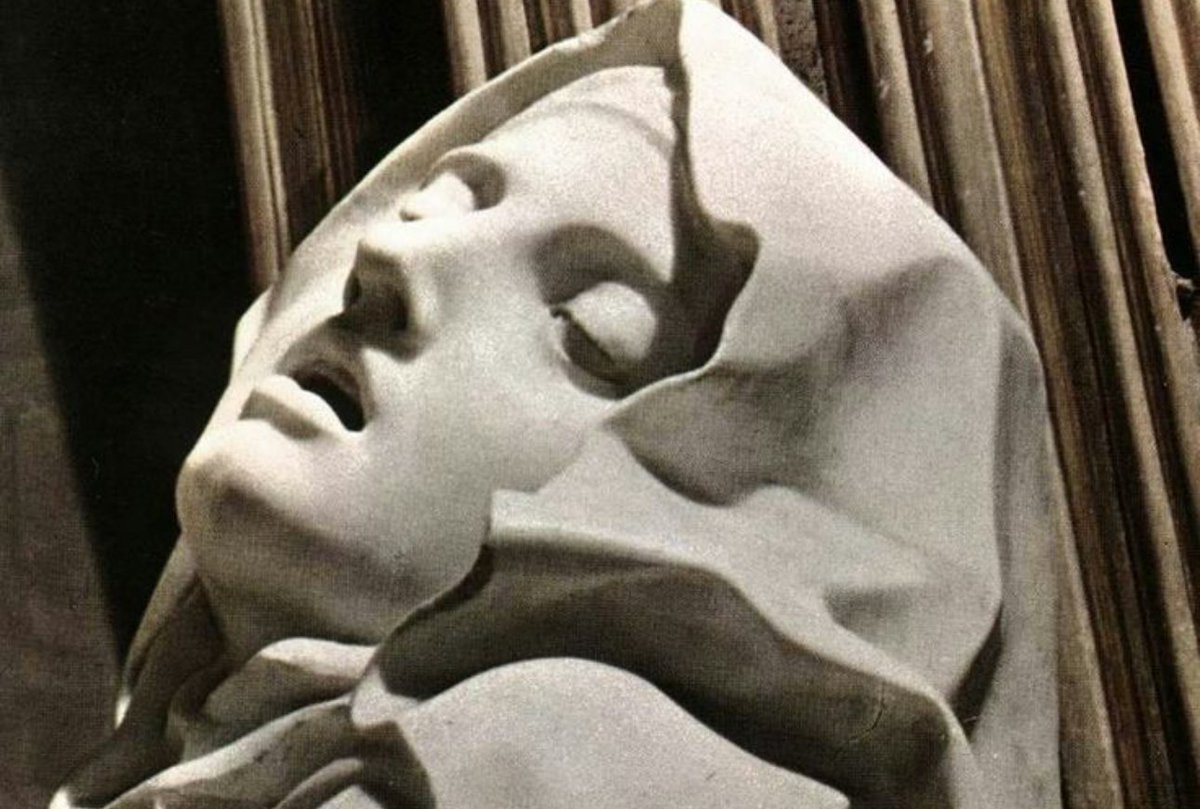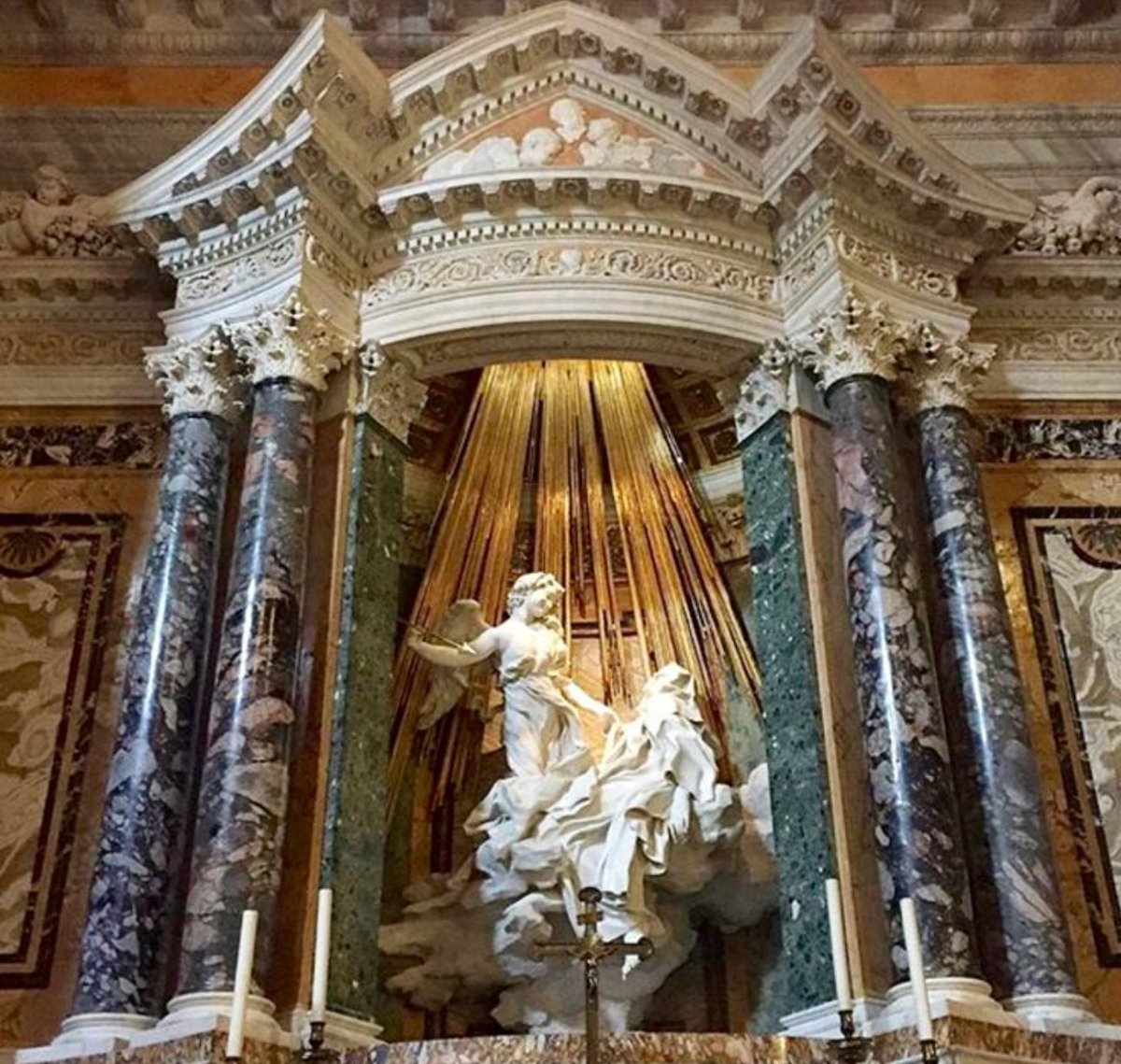Poland just became a $1 trillion economy without open borders, without giving up religion, and without tearing down its traditions.
What did Poland do that the West won’t? (a thread) 🧵👇
What did Poland do that the West won’t? (a thread) 🧵👇

Back in 1990, Poland was broke and gray.
Fresh out of Soviet control, it had crumbling factories, dull housing blocks, and a weak economy.
No one expected it to become the EU’s quiet success story.
Image: Warsaw (Then and Now)
Fresh out of Soviet control, it had crumbling factories, dull housing blocks, and a weak economy.
No one expected it to become the EU’s quiet success story.
Image: Warsaw (Then and Now)

Today, Poland has become a vibrant society.
Old towns have been rebuilt with care.
Churches restored.
Soviet scars replaced with colorful facades and cobbled streets.
Poland proved something no one talks about:
You can build prosperity without destroying beauty.
Old towns have been rebuilt with care.
Churches restored.
Soviet scars replaced with colorful facades and cobbled streets.
Poland proved something no one talks about:
You can build prosperity without destroying beauty.
While the rest of Europe is debating statues,
Poland is preserving cathedrals, restoring medieval squares, and opening palaces to the public.
It didn’t chase glass-and-steel “progress.”
It made history visible again.
Poland is preserving cathedrals, restoring medieval squares, and opening palaces to the public.
It didn’t chase glass-and-steel “progress.”
It made history visible again.
Kraków, Wrocław, Gdańsk, Warsaw...
They’re now among Europe’s top destinations.
Tourism is booming.
But not because Poland sold out.
Because it doubled down on what makes it Poland.


They’re now among Europe’s top destinations.
Tourism is booming.
But not because Poland sold out.
Because it doubled down on what makes it Poland.



While others erase their roots, Poland crowns its faith.
Literally.
In 2016, Poland officially named Jesus Christ as its King.
Not a symbol. Not a metaphor.
A national act of declaration.
Literally.
In 2016, Poland officially named Jesus Christ as its King.
Not a symbol. Not a metaphor.
A national act of declaration.

And yet, its economy keeps growing.
Fastest GDP growth in the EU over the past 30 years.
Unemployment under 3%.
Low inflation. High exports.
And foreign investors lining up.
Fastest GDP growth in the EU over the past 30 years.
Unemployment under 3%.
Low inflation. High exports.
And foreign investors lining up.

Poland never abandoned manufacturing.
While others outsourced to China, it built high-quality production at home.
Today, it’s the industrial backbone of Europe quietly powering cars, tech, and tools.
While others outsourced to China, it built high-quality production at home.
Today, it’s the industrial backbone of Europe quietly powering cars, tech, and tools.

Education is strong.
Wages are rising.
Crime is low.
Families are intact.
Faith is public.
It’s not utopia. But it’s a country with direction.
Wages are rising.
Crime is low.
Families are intact.
Faith is public.
It’s not utopia. But it’s a country with direction.

And here’s the kicker:
Poland didn’t rely on mass immigration to grow.
98% of its population is still Polish.
Yet it reached $1 trillion GDP.
That breaks every “rule” Western elites push.
Poland didn’t rely on mass immigration to grow.
98% of its population is still Polish.
Yet it reached $1 trillion GDP.
That breaks every “rule” Western elites push.
It also refused to adopt the Euro.
Kept the zloty.
Kept control of its economy.
That’s why Poland didn’t collapse during the eurozone crisis.
And why it's still climbing.
Kept the zloty.
Kept control of its economy.
That’s why Poland didn’t collapse during the eurozone crisis.
And why it's still climbing.

Tourism is now a core engine
Built not on resorts, but on history, heritage, and identity.
People come for Chopin, castles, cathedrals ...
Not casinos.
Built not on resorts, but on history, heritage, and identity.
People come for Chopin, castles, cathedrals ...
Not casinos.

The West told us:
“Tradition holds you back.”
“Religion divides.”
“Beauty is optional.”
“National identity is outdated.”
Poland said:
“No thanks.”
And look who’s winning.
“Tradition holds you back.”
“Religion divides.”
“Beauty is optional.”
“National identity is outdated.”
Poland said:
“No thanks.”
And look who’s winning.
This is what no one wants to admit:
Poland is thriving not in spite of its values but because of them.
No erasure.
No imported chaos.
No war on the past.
Just faith, work, pride, and beauty.
Poland is thriving not in spite of its values but because of them.
No erasure.
No imported chaos.
No war on the past.
Just faith, work, pride, and beauty.

If this resonates with you, you’ll love my newsletter: I go deep into stories of culture, resilience, and revival → newsletter.thecultureexplorer.com/subscribe

So, the next time someone says a country must “modernize” to survive,
Ask them this:
If Poland did all this without giving up who it is, even building medieval castles, why can’t anyone else?
Ask them this:
If Poland did all this without giving up who it is, even building medieval castles, why can’t anyone else?

This is not just about Poland.
It’s about the model of the future.
What if prosperity doesn’t require surrendering your soul?
What if faith, family, and beauty are economic engines not obstacles?
It’s about the model of the future.
What if prosperity doesn’t require surrendering your soul?
What if faith, family, and beauty are economic engines not obstacles?
Because beauty still matters.
And Poland proves it.
If you found this thread useful, share it with others and let us do what we can to spread this message and make our nations great again. 🧵🔚
And Poland proves it.
If you found this thread useful, share it with others and let us do what we can to spread this message and make our nations great again. 🧵🔚
Important comment on the first photograph. I was informed the original owner of the photo is Arden. Do check out their profile and website link. Some amazing photos there.
x.com/arden_nl?s=21&…
x.com/arden_nl?s=21&…
• • •
Missing some Tweet in this thread? You can try to
force a refresh






















